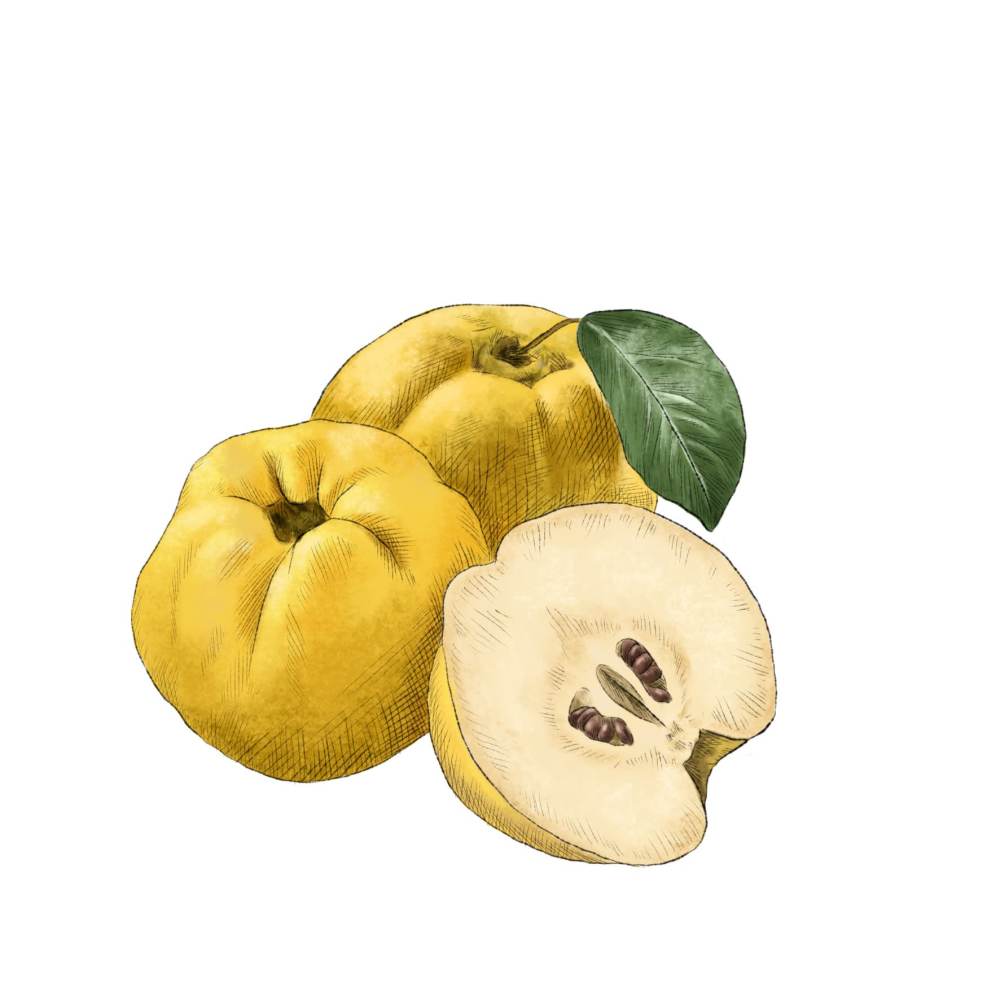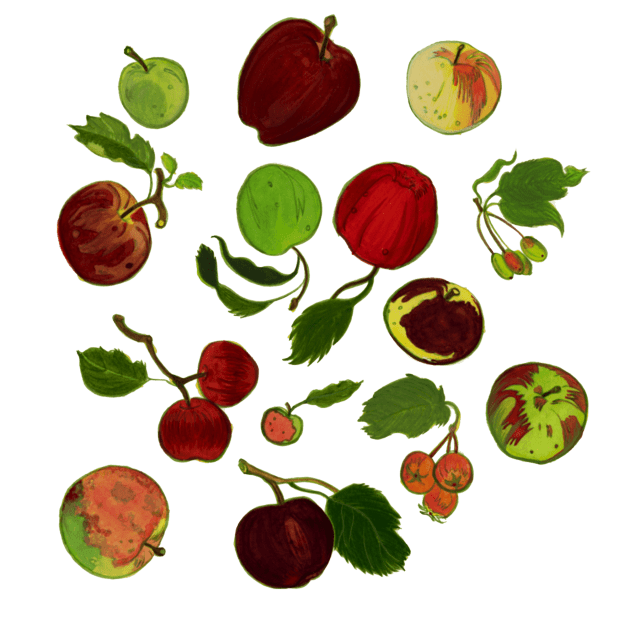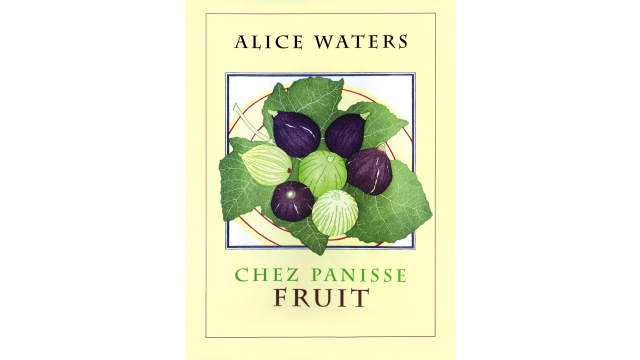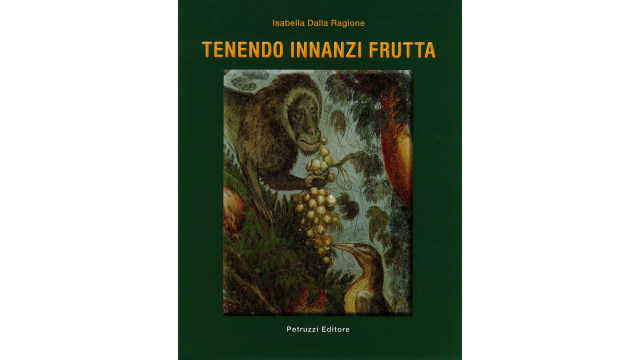Quince

Latin name: Cydonia oblonga
Other names: membrillo (Spanish)
Uses: fruit, preserves, liqueur
What are quinces?
Quinces are pomes, like apples and pears, with slightly fuzzy yellow skin and a somewhat lumpy form. This ancient fruit doesn’t get its due much these days, but if you’ve ever smelled a fresh quince, you’ll wonder why everyone doesn’t grow them. Quinces take a bit of work to eat, but these rose family members are worth the trouble.
Why are quinces healthy?
Quinces are good sources of fiber, vitamin C, and minerals — especially copper. They’re full of antioxidants that can reduce inflammation, boost immunity, and lower the risk of some diseases. Additionally, quinces appear to have significant benefits for digestive and gut health. They may help reduce nausea related to pregnancy, protect against ulcers, and decrease the severity of acid reflux.
What do quinces taste like?
Though they emit the intoxicating fragrance of ripe apples, pineapples, and roses, raw quinces are inedibly hard and astringent. Cooking them softens them up, though they’ll still be quite tart without sweetening; they also have lots of sclerenchyma (the little granules also found in pears), which remains after cooking.
How do I use quinces?
Before you can do anything with a quince, most of the time you have to let it blet. Also used to ripen persimmons and medlars, bletting is the process of softening fruit, usually through frost. Even after bletting, however, quinces are typically still too hard and astringent to use raw; peel and core them (without breaking the tip of your paring knife!) and then either stew or roast them into tender submission. Quince will turn a deep carmine red when simmered, making it beautiful in preserves.
What do quinces pair well with?
Quinces are exquisite with dry/nutty aged cheeses, especially manchego. They love apples and all the typical apple pairings, like cinnamon, cloves, ginger, hazelnuts, and honey. Add a little lemon when cooking to brighten up the flavor, set the fruit’s pectin, and complement the tartness.
Where do quinces grow?
Quinces are native to the Caspian Hyrcanian mixed forests (near Iran) but have been grown throughout the Mediterranean for millennia; they do well in temperate climates throughout Europe, the British Isles (as far north as Scotland), and North America. The plant’s genus (Cydonia) comes from its longtime presence in Cydonia, Greece (now the city of Chania on Crete).
How to buy quinces:
In the fall, look for firm, heavy specimens without bruises or dings on the skin (though velvety fuzz is fine; just wipe it off with a dry cloth), and store them in a cool place while they soften up — they’ll scent your house for weeks.
Fun quince fact:
Though we consider it a citrus preserve today, marmalade was originally made with quince (the old Galician and Portuguese word for quince is “marmelo”). Made since ancient times, it was a thick product that resembled today’s dulce de membrillo (quince paste).i




